|
Yes, of course I have chosen an animal that makes an appearance in Profusion. But the flying fox in Profusion is definitely not one you would ever want to run into! Flying foxes are actually bats. They are in the group of bats called fruit bats (mostly in the genus, Pteropus). Take a look at the face of just about any flying fox and you'll understand how they got their name. They have very fox-like faces. Below is a grey-headed flying fox. There are about 60 species of flying foxes, and they are widely spread throughout the subtropics of Asia, Australia, East Africa, and many islands in the Pacific and Indian Oceans. One thing that distinguishes flying foxes from other bats is that they eat fruit, pollen, nectar, or flowers. This means they have to live in areas that have flowers and fruit to eat year-round (tropical). Also, these bats do not have echolocation (sonar) to help them catch insects. Instead, they have very well-develop eyesight and smell. Check out this spectacular BBC video. Amazing facts about Flying Foxes: These are the largest bats in the world. The large flying fox (yes, that's its name... creative, huh?) has a wingspan of five feet (1.5 meter)! See image below. Some flying fox species are so rare they are found only on one small island. For example, the Mauritius flying fox (See photo below) lives only on the small island of Mauritius in the Indian Ocean. It is very important there because it pollinates flowers and disperses seeds of many plants that also live only on that island. One reason why some flying foxes are rare is that they are simply not very prolific. In fact, the large flying fox usually has only one pup (I love that they're called pups), and that's after a gestation period of 180 days! And then it takes 3-4 months for the pup to be weaned, and it won't be sexually mature for about two years.
Flying foxes mate while they are hanging upside down. Um, this one doesn't need too much explanation, does it? Oh, I guess I could add that the male often has a penis that is one-fourth the length of his entire body. Are you starting to see the logistical problems involved here? Flying foxes hang out (literally) in trees in massive groups called camps. Sometimes these camps can have several hundred thousand bats. But this isn't nearly as many as they used to have before their numbers were depleted. In the 1930s, there were camps that were four miles wide and had 30 million flying foxes! So, the flying fox deserves a place in the S.A.H.O.F. (Supernacular Animal Hall of Fame). FUN FACT: Supernacular comes from the noun, supernaculum, which means a drink to be consumed to the last drop. Although the word is usually used to describe a drink, I personally believe it should be expanded to describe anything that is awesome.
0 Comments
I am so excited about this cover! Profusion will be released soon, and my cover designer, Donna Harriman Murillo, has done it again. Feast your eyes on the cover, in all its colorful, action-packed glory: By the way, that's Bobby on the cover. The question is, what the heck has happened to him? And what's going on in the background? Things are getting serious.
PROFUSION. The stakes are higher, the action is more intense, and the creatures are awesome! Coming in September. People often ask what is the best sequence in which to read my books. This is a good question, because at this point all my published books take place in the Diffusion universe (although I have an upcoming series that will be unrelated). The order in which you read them can certainly impact the way you perceive the overall story. There are two reasonable sequences: If you want to read them in chronological order of the events that take place, you should read them as follows (from left to right): And then, logically, you would read Profusion when it comes out later this summer. Or, you could read them in the order I had originally intended (think of this as the Director's Cut): And then you would read the upcoming Profusion after Blue Arrow. I personally like this sequence because it gradually reveals information in a way that appeals to me. For example, even though Savage takes place in 1868, long before Diffusion, it is a part of the story you will appreciate more if you have read Diffusion and Infusion. The same could be said for Blue Arrow.
But regardless of what order, the important thing is to read them! You can get them all here: https://amazon.com/author/stancsmith In my upcoming novel, Profusion, Samuel collects a two-foot-long lizard which he plans to use for an experiment. It turns out this lizard is a blue-tailed monitor (Varanus doreanus). By the way, Samuel's experiment with the monitor lizard goes very, very badly. But you'll have to read Profusion when it comes out (by the end of the summer) to find out just how badly! There are about 80 species of monitor lizards, living mainly in Africa, Asia, Australia, and New Guinea. Perhaps the most famous monitor is the Komodo monitor (often called the Komodo Dragon), which is the largest species of lizard living today (up to 10 feet long and 150 pounds!). But I chose the blue-tailed monitor for today's awesome animal, because I am fascinated by the smaller monitor lizards, particularly those with unusual colors. Amazing facts about blue-tailed monitors: The blue-tailed monitor is somewhat of a celebrity in Papua New Guinea and has been featured on one of their postage stamps: This lizard is at home in the trees, on the ground, and in the water. They are excellent swimmers and climbers, but as they grow larger and heavier, they tend to hang out on the ground more than in the trees. Here's a short video that shows how they use their tail to swim. Blue-tailed monitors are exported as pets to the U.S. and Europe. But since they often grow to four or five feet, require large, spacious cages, and live 10 to 15 years, they are only suitable for the most dedicated pet enthusiasts. Interesting story about how monitor lizards got their name, as told by an Egyptologist: Long ago, Egyptian villages were found along the Nile River, their main source of water. But the Nile was full of crocodiles. How could they know when it was safe to enter the water? As the story goes, they would catch a large monitor lizard and chain it to a boulder on the edge of the river. If the lizard was lying peacefully, sunning itself, the Egyptians knew it was safe to enter the water. If, however, it was struggling to get away, they knew danger was lurking nearby. A crocodile was in the area. So the lizards got their name because they "monitored" the crocodiles' movements. The blue-tailed monitor is not the only brightly-colored monitor lizard. Below is the blue-spotted tree monitor, which lives only on the small island of Batanta, off the west coast of New Guinea. What I'd like to know, is why are these lizards blue in the first place? After digging for answers a bit, I'm not sure there is a clear-cut answer to this. It seems unlikely these bright colors are used by the males to attract mates (as with many birds), because both males and females have the same colors. If anyone has a good hypothesis, email me and let me know.
So, the blue-tailed monitor deserves a place in the G.A.H.O.F. (Gallows Animal Hall of Fame). FUN FACT: Gallows originally meant "fit for the gallows," meaning, deserving to be hanged. But by 1789, it had become a slang adjective meaning awesome, in the same way that wicked and bad have come to mean their opposite. How gallows is that? Photo Credits: Monitor photo #1 - Reptile Fact Papua Stamp - Mark O'Shea Pet Monitor - Snakes at Sunset Blue-spotted Tree Monitor - Australian Geographic |
Stan's Cogitations
Everyone needs a creative outlet. That's why I write. Archives
July 2024
|

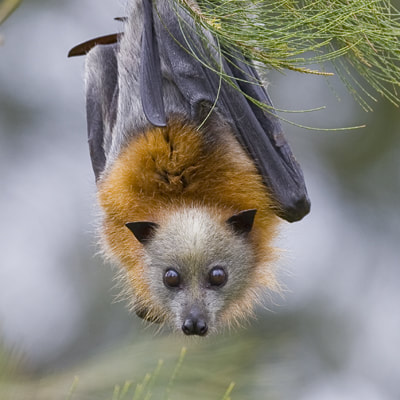
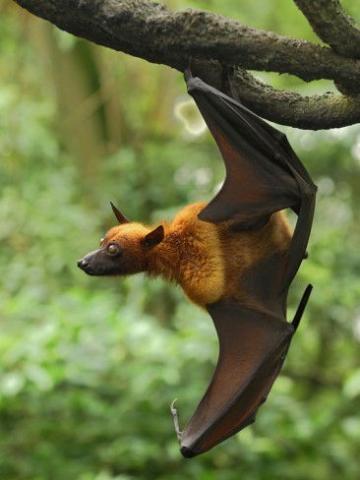
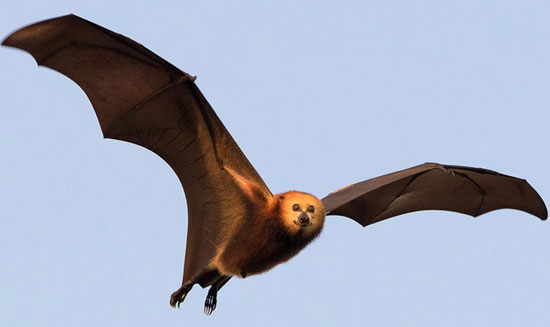



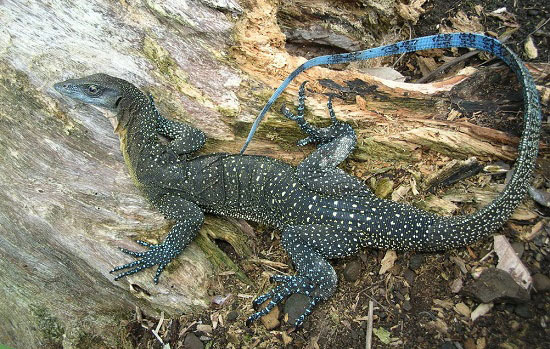


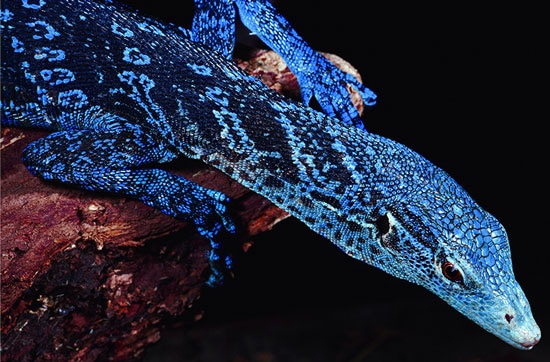
 RSS Feed
RSS Feed